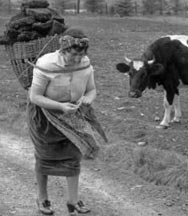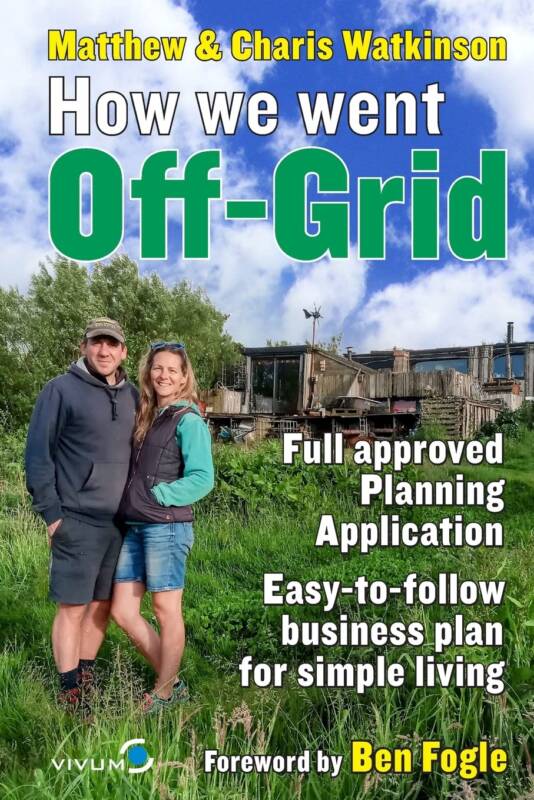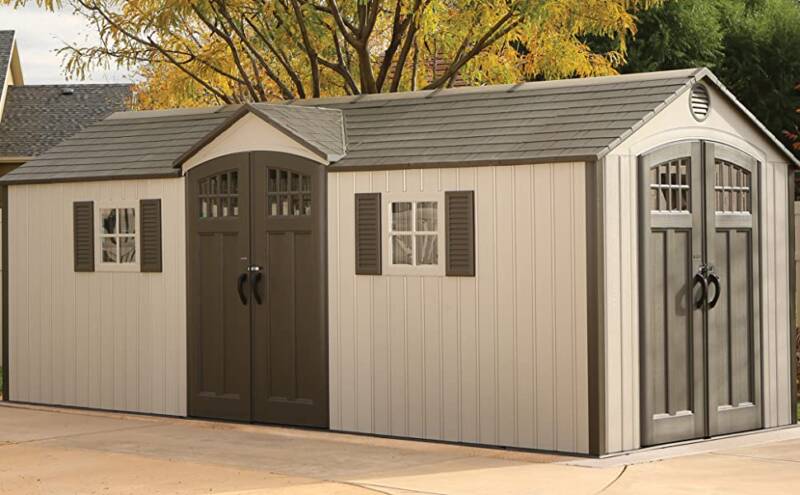Okay we couldn’t help using ewe in the title. But how can you write about wool insulation and not use it?
Every insulation has benefits that make us love it, so making the choice will have to depend on what your needs are. So for the third in our series on insulation we are going to be highlighting wool insulation.
Wool insulation brings to your home the same ability to adapt to the environment that sheep have. Living in hot, cold and wet environments and still be protected is a major advantage inherit in wool. As a building insulator wool can retain these properties to create and maintain a healthy, safe, and environmentally responsible haven in your home.
Another advantage to wool is it’s ability to absorb and release moisture. So in wet and cold conditions removes the water and in doing so actually release heat. If the air is saturated with water vapor wool can absorb up to 40% of its dry weight and produce 960 kilojoules of heat energy kilogram of wool. This warmth will not be felt inside the building but this acts to prevent condensation in cavities by keeping the tempature above the dew point.
In warm conditions this insulation will actually release moisture into the air helping to slow and cool the flow of heat into the home. This has a major impact on the internal temperature of a building.
Wool insulation has also been shown to absorb and breakdown the harmful chemical formaldehyde. Formaldehyde has been classified as a carcinogenic, cancer causing agent, and many building products emit this throughout the home. Products such as timber, glass, glues, and even upholstery has been shown to release this dangerous chemical
Wool has been long know to break down formaldehyde into safe molecules. This ability is also inherent in Sheep Wool Insulation, this reducing the formaldehyde threat to building occupants. The Central Testing Facility in Tokyo, Japan found that when formaldehyde was released into a chamber wool insulation was able to absorb 96% of it within seven hours. Imagine that working within your home making your interior environment free of harmful chemicals.
It’s durability is another plus as it is able to adjust to fit. So an air tight fit will be achieved as it fills in cracks and crevices. It also has a life expectancy of over 50 years. Wool also has a higher fire resistance than cellulose/cellular plastic insulations, it melts rather then burns. It melts away from the source of ignition source and extinguishes itself, making it extremely fire safe.
Last but not least, is the fact that it takes less energy to manufacture wool insulation then glass fiber insulation.
So wool making your list of to look at for insulating your home is a definite must. Each type of insulation we highlight all have something we love about them but for open …





 All of these organic and environmentally friendly types of insulation have benefits that make them truly lovable. So choosing the right one comes down to what your individual needs are. Cellulose can be blown into enclosed walls, wool can breakdown and absorb formaldehyde, cotton is made from recyclable jeans, and straw in a bountiful organic product.
All of these organic and environmentally friendly types of insulation have benefits that make them truly lovable. So choosing the right one comes down to what your individual needs are. Cellulose can be blown into enclosed walls, wool can breakdown and absorb formaldehyde, cotton is made from recyclable jeans, and straw in a bountiful organic product.
